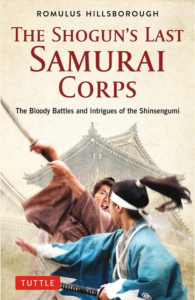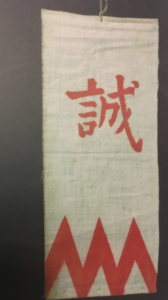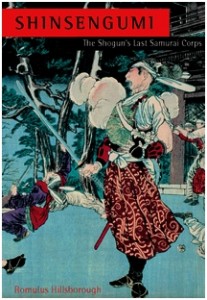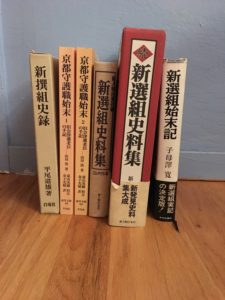
Not to be confused with the Shinsengumi book I’m currently working on, this reprinting is scheduled for release September 2020. (I don’t anticipate finishing the next one for at least a couple more years.)
To go along with the revised title and new cover design, I have written a new Introduction, which features the following information not included in the first printing:
- Historical Background of the Tennen Rishin Style of Japanese Swordsmanship (practiced by Shinsengumi Commander Kondō Isami, Vice-commander Hijikata Toshizō, and other founding officers of the corps)
- Comparisons of the Practice of Kondō and Hijikata
- Swords Favored by Kondō and Hijikata





